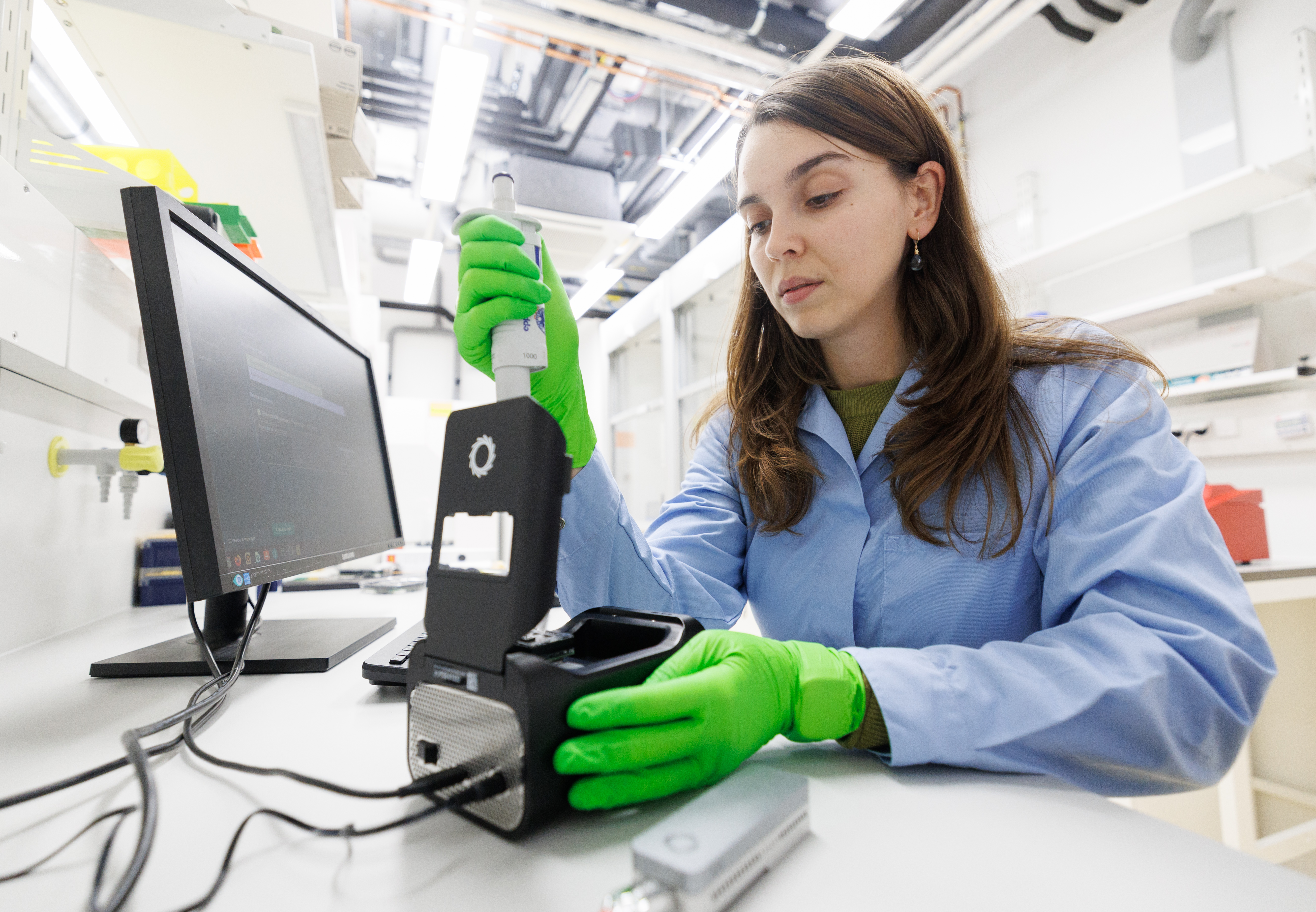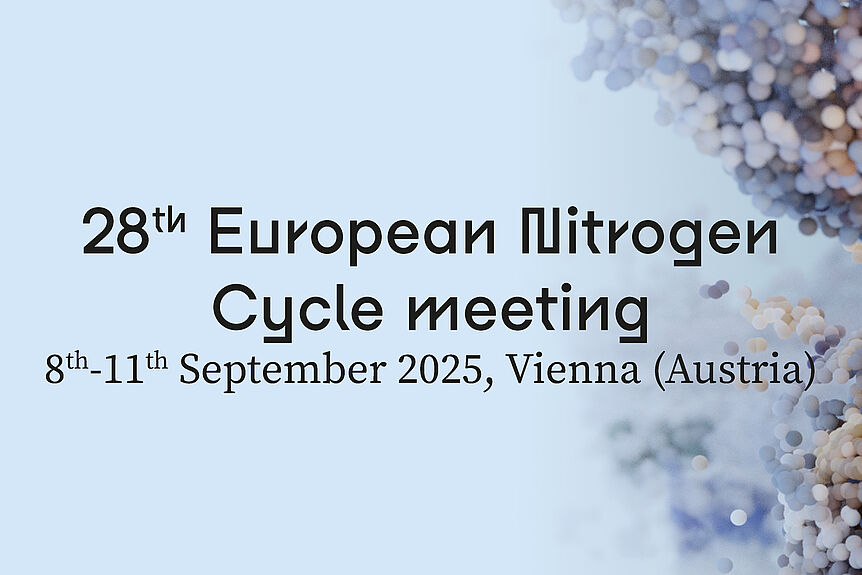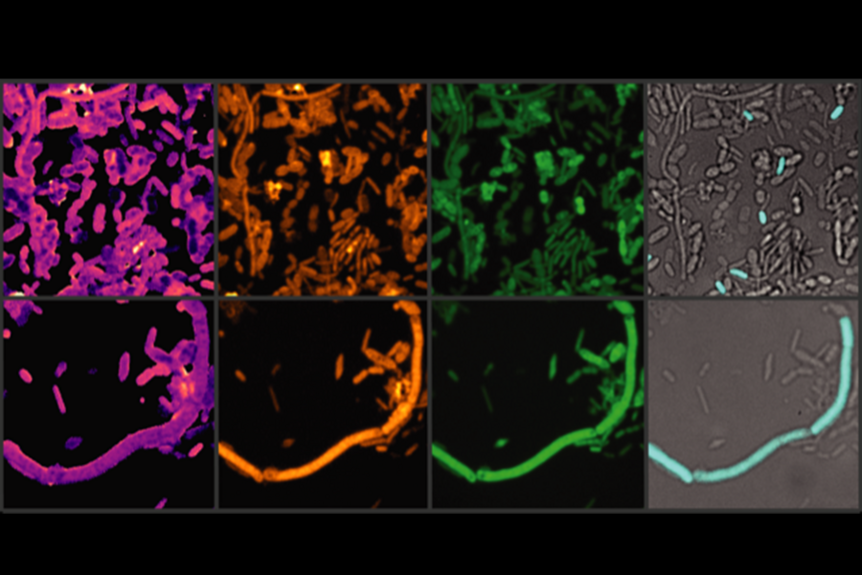The Joint Microbiome Facility (JMF) is a joint venture of the Medical University of Vienna and the University of Vienna with the mission to provide advanced facilities and specialized expertise to researchers working in clinical, environmental, and other basic research fields to characterize and understand complex microbial communities.
Our goal is to facilitate the investigation of clinically-relevant and environmental microbiomes by offering individualized consulting and state-of-the-art services in study design, sequencing, bioinformatic analyses, and data interpretation. Additionally, we aim to advance the field of microbiome research by benchmarking existing approaches and developing new technological and analytical strategies.
We offer a range of cost-effective, high-throughput services to enable researchers to comprehensively assess microbial composition and activity in their system. These include DNA/RNA extraction from diverse sample types, amplicon sequencing (e.g., 16S/18S rRNA gene, ITS, functional gene markers), full-length primer-free rRNA profiling, and metagenomic and metatranscriptomic shotgun sequencing using Illumina and Oxford Nanopore technologies. We have extensive expertise in microbial community characterization in various habitats, ranging from human, animal, and plant microbiomes to soils, sediments, aquatic environments and hot springs.

Get in touch
Interested in incorporating microbiome analysis into your research?











